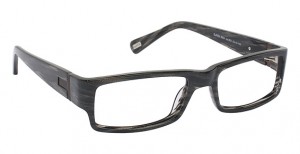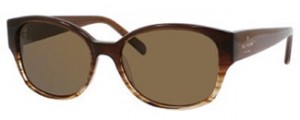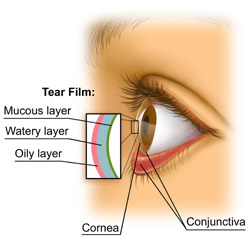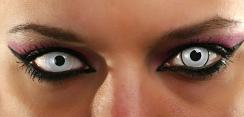I think the Prevent Blindness Organzation sums up gift safety better than I can so I am sharing their press release.
Children Should Spend the Holidays with Friends and Family, Not in the Emergency Room
The holiday shopping season is already in full swing for retailers as well as shoppers who are eager to begin purchasing everything on their lists. But, when it comes to toys and gifts, the lowest sale price may not be the safest for children.
The U.S. Consumer Product Safety Commission (CPSC) estimates in its most recent report that hospital emergency rooms treated 251,700 toy-related injuries in 2010 throughout the United States. Of that number, 72 percent of injuries were to those less than 15 years of age.
Additionally, the CPSC found that 46 percent of the estimated 251,700 ER-treated injuries occurred to the head and face area. Lacerations, abrasions and contusions made up most of these injuries.
Prevent Blindness America, the nation’s oldest eye health and safety organization, has declared December as Safe Toys and Gifts Awareness Month. The group encourages everyone to make conscientious purchasing decisions based on what is best for each individual child.
“In the excitement of the season, sometimes we may forget that not every gift is appropriate for every child,” said Hugh R. Parry, president and CEO of Prevent Blindness America. “By taking a few, easy safety precautions, we can keep the holidays happy for everyone!
Prevent Blindness America suggests:
Make recommendations to family members and friends about gifts that you feel are appropriate for your child. Be diligent about inspecting these gifts before allowing your child to play with them.
Inspect all toys before purchasing. Monitor toys that your child has received as gifts to make sure they are appropriate for your child’s age and developmental level.
For younger children, avoid play sets with small magnets and make sure batteries are secured within the toy. If magnets or batteries are ingested, serious injuries and/or death can occur.
Gifts of sports equipment should always be accompanied by protective gear (such as a basketball along with eye goggles or a face guard with a new batting helmet for baseball or softball).
Any toy that is labeled “supervision required” must always be used in the presence of an adult. Keep toys meant for older children away from younger ones.
Always save the warranties and directions for every toy. If possible, include a gift receipt. Repair or throw away damaged toys.
Avoid toys that shoot or include parts that fly off.
Inspect toys for sturdiness. Your child’s toys should be durable, with no sharp edges or points. The toys should also withstand impact. Dispose of plastic wrapping material immediately on toys as they may have sharp edges.
Don’t give toys with small parts to young children. Young kids tend to put things in their mouths, increasing the risk of choking. If the part of a toy can fit in a toilet paper roll, the toy is not appropriate for children under the age of 3.
For more information on safe toys and gifts for children as well as general children’s eye health topics, visit preventblindness.org.
 Westside Optometry will be open our regular hours with the exception of Monday December 26th and January 2nd.
Westside Optometry will be open our regular hours with the exception of Monday December 26th and January 2nd.







